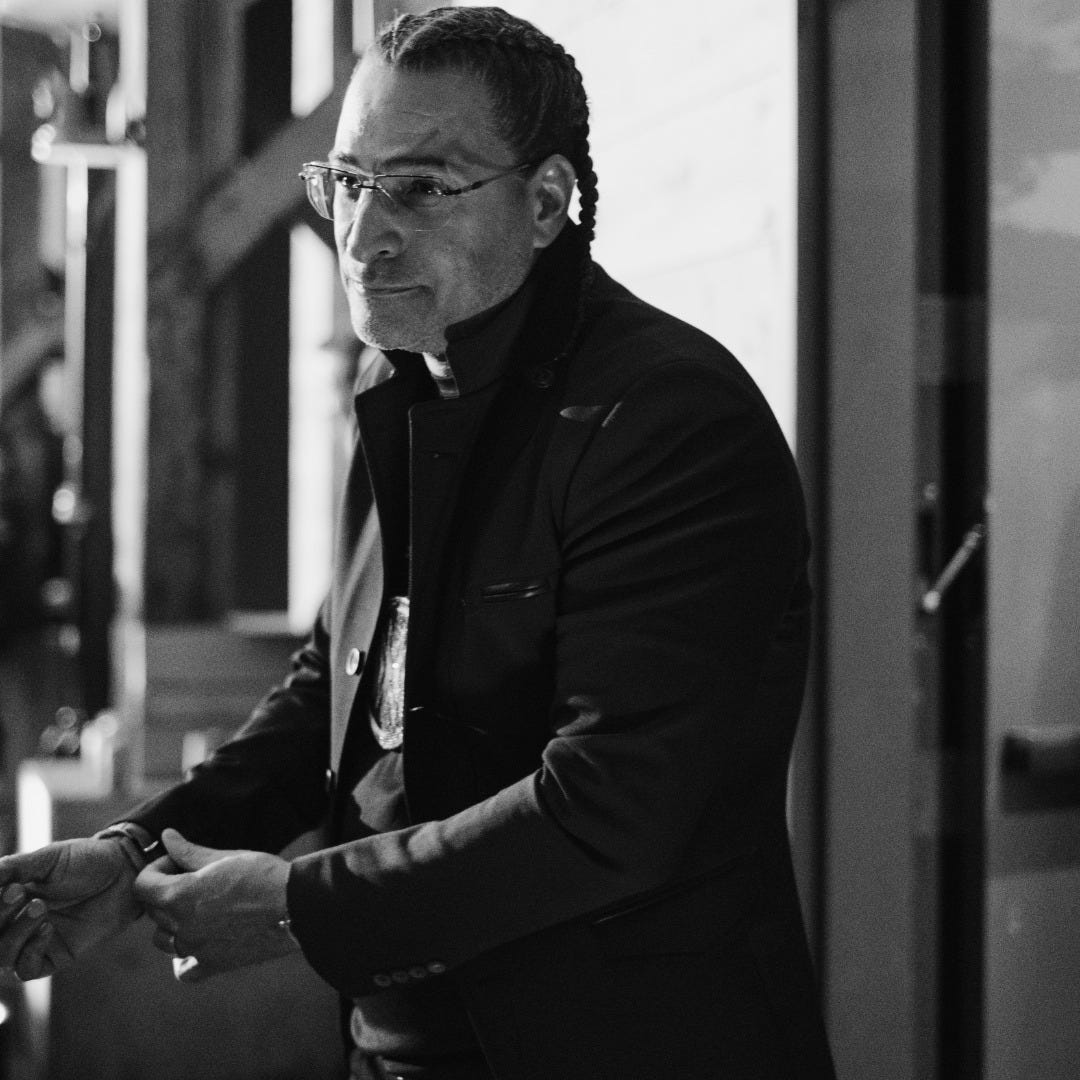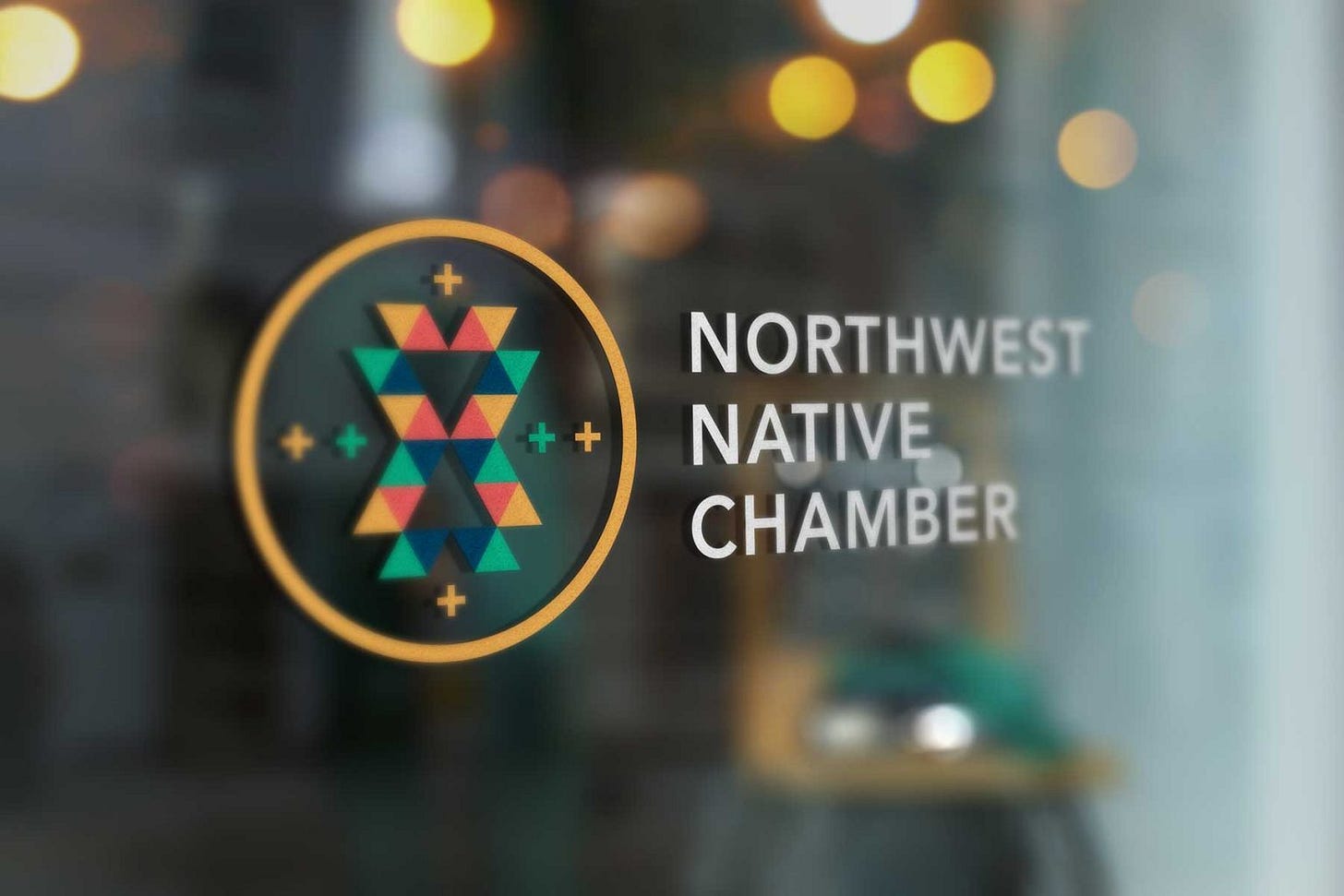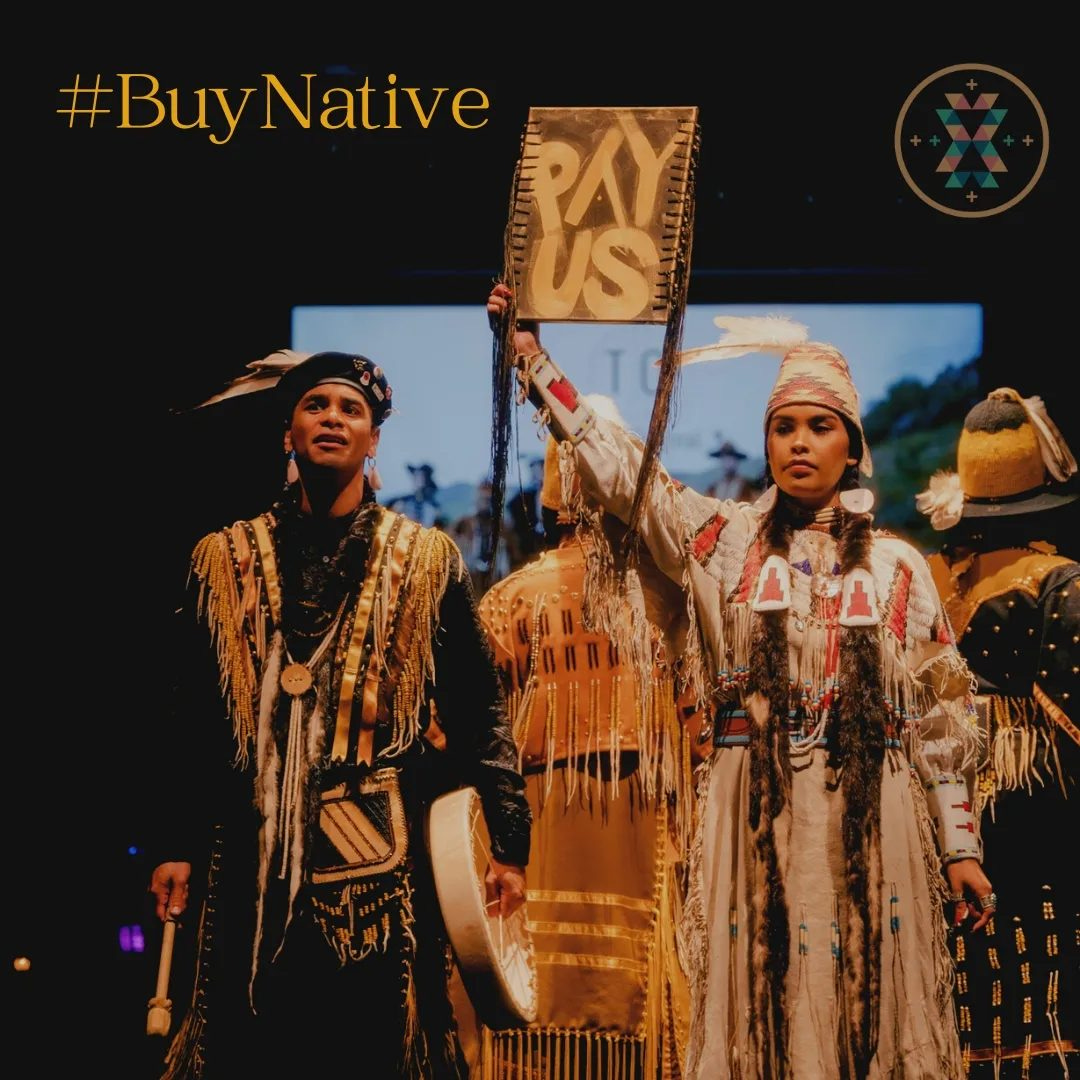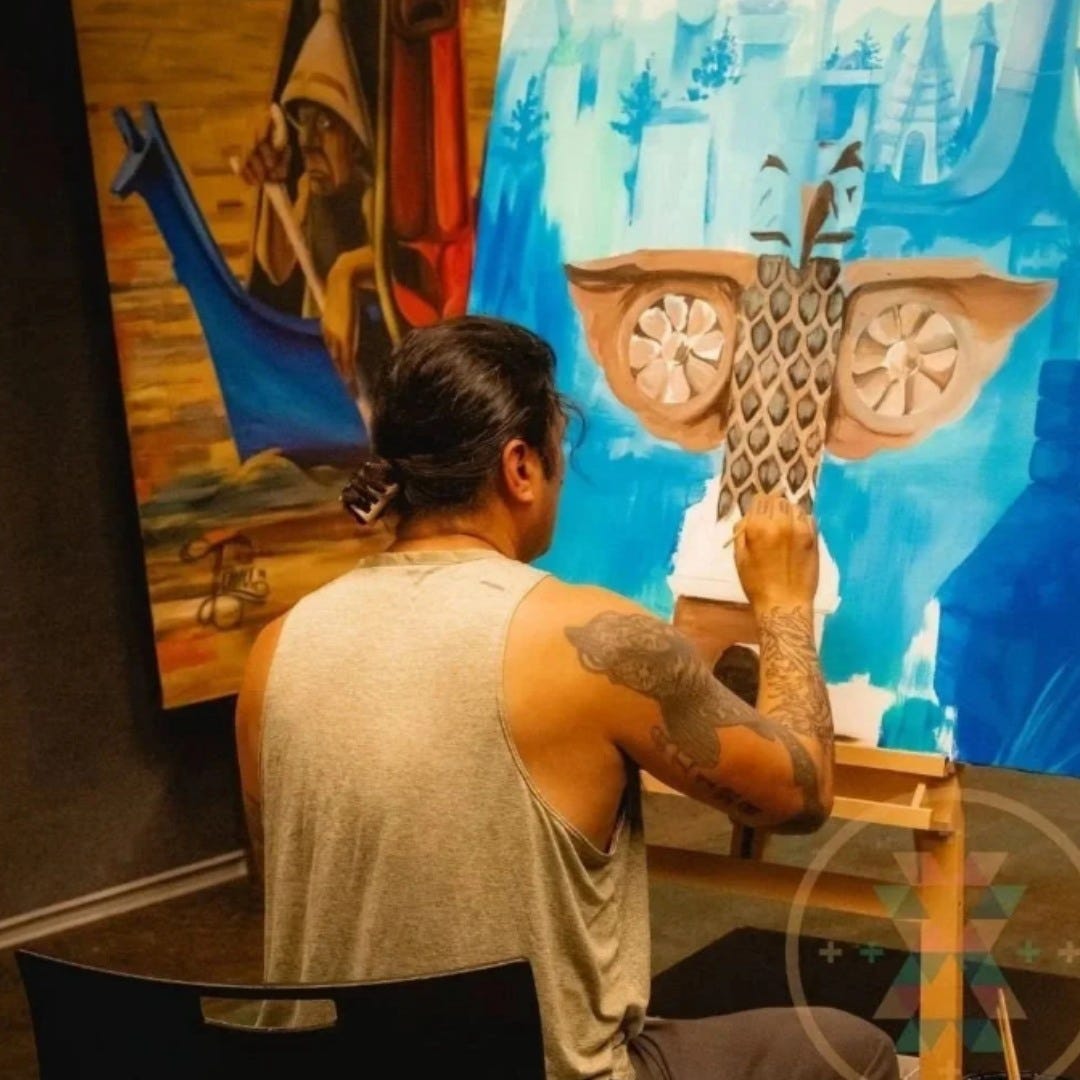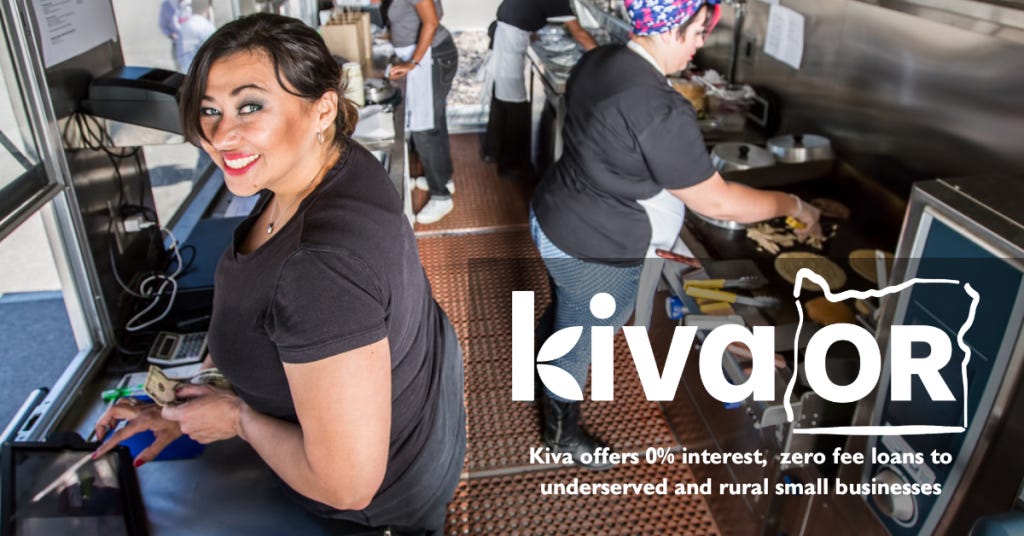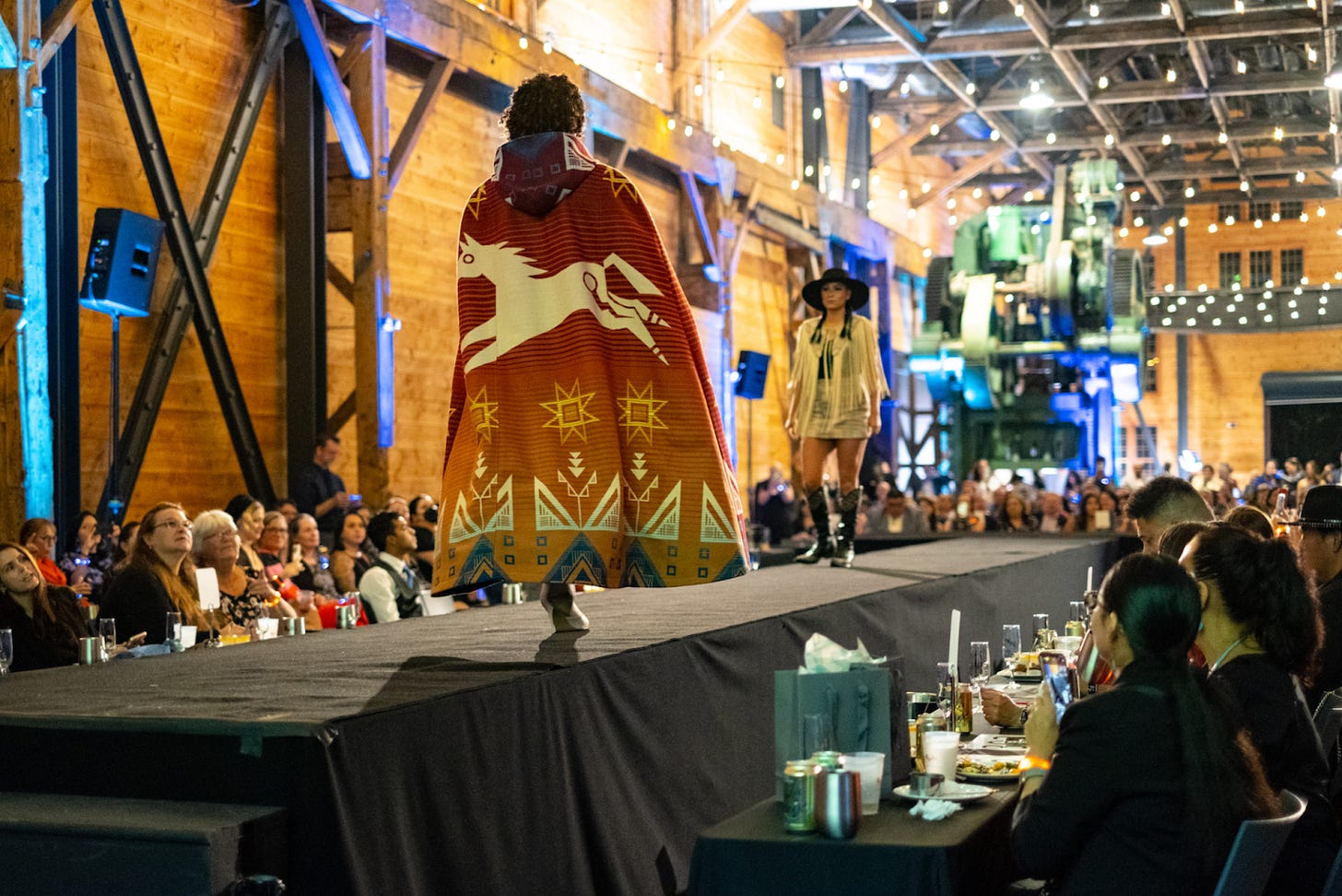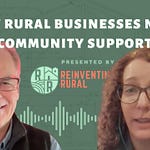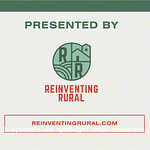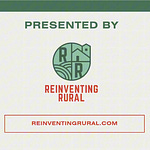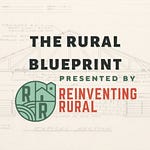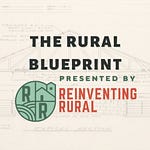James Alan Parker, CEO of the Northwest Native Chamber, is helping redefine what prosperity means for Native and tribal communities. With decades of experience, he leads the country’s largest Native-focused technical assistance program, serving more than 900 Native-owned businesses across Oregon, Washington, and Idaho since 2021. While much of this work supports rural communities, the Chamber also serves Native entrepreneurs in urban areas, underscoring that Native innovation flourishes everywhere.
When Parker talks about building Native and tribal economies, he starts with ecosystems. Reinventing Rural had the pleasure of chatting with him, and it was clear we shared one key insight: everything is connected. Education and workforce development connect to capital access and policy advocacy. Relationship building between entrepreneurs connects to creating markets for Native-owned professional services. Individual business coaching connects to the collective voice in decision-making spaces. “All of the parts are interconnected,” Parker explains.
This ecosystem approach represents a big shift in how we think about both Native and rural business development. It offers a roadmap for communities and the organizations that serve them.
Beyond the Silo Problem
Traditional development often works in silos: workforce development here, small business support there, policy advocacy somewhere else. For Native communities, especially those in rural regions, this fragmented approach fails.
Parker’s experience running both the Northwest Native Chamber and serving on Oregon’s Racial Justice Council has shown him why.
“Too often it was well-resourced networks of service providers, but too often it was siloed. It focused on outcomes and metrics of a specific agency or program,” Parker notes. “What we really need to do is focus on the individual business owner and what their aspirations are for the business.”
This insight drives the Chamber’s three-pillar approach: education and growth, relationship building, and economic justice. Each pillar strengthens the others, creating what Parker calls “connective tissue” between Native entrepreneurs who might otherwise stay isolated.
The policy implications are significant. Rather than funding programs that compete for the same entrepreneurs, states could support integrated approaches that address multiple barriers at once.
Redefining Innovation for Constrained Markets
Native entrepreneurs in constrained markets, whether rural towns or urban Native neighborhoods, are often told they lack innovation. This narrative misses the daily problem-solving that drives their entrepreneurship.
When you look at constrained markets, you have to be innovative. You don’t have access to all the same resources. The examples are everywhere once you know where to look. A food truck operator in a remote area who must plan four-hour supply runs becomes an expert in logistics. A childcare provider serving five additional children in a town of 300 people creates capacity that allows other residents to start businesses.
This type of innovation creates immediate community value. In Parker’s words, “Entrepreneurship itself is people solving problems.”
Instead of measuring rural or Native innovation by metrics like patent applications or venture capital investment, regions could track problem-solving capacity and community strength.
Network Effects in Low-Density Markets
Urban business ecosystems rely on density: the ability to find suppliers, customers, and expertise within a small area. Rural and Native communities can’t copy this density, but they can create network effects across distance.
The Northwest Native Chamber has mastered this approach. A Native entrepreneur in Pendleton can get bookkeeping services from a Native-owned firm in Southern Oregon. Food producers connect with farm-to-table restaurants across state lines. Indigenous construction companies partner with Native media firms to document sustainable building practices.
“These are the kind of things that really combine to build a stronger fabric for a community,” Parker explains. The approach creates what economists call positive externalities: benefits that extend beyond the immediate transaction.
Rather than trying to build complete business ecosystems in every small town, states could invest in cross-regional networks that connect Native and rural entrepreneurs with specialized services and knowledge wherever they exist.
Scaling Locally-Driven Solutions
The Northwest Native Chamber has grown from a single-state organization to a tri-state network serving over 112 different tribes, many located in rural areas. This growth offers lessons for other regions trying to scale community-driven development.
Success requires what Parker calls “meeting people where they are, both figuratively and literally.” The Chamber provides virtual advising, in-person visits, and staff located in tribal and rural communities, rather than expecting entrepreneurs to travel to urban service centers.
Their technical assistance program creates long-term relationships that follow entrepreneurs through different growth stages, from startup through eventual business exit. This continuity builds trust while ensuring that knowledge and relationships grow within the network.
Effective Native and rural development requires patient capital and long-term thinking. Short program cycles don’t excel at building the sustained relationships that create lasting economic change.
Building Shared Vision for Native and Rural Prosperity
Great development work builds on existing assets while creating new connections and opportunities. The goal is to help Native and rural communities build the ecosystems that allow their own solutions to flourish. Success comes from supporting local vision with the right connections, resources, and patient capital that allow communities to define and build their own prosperity.
“There’s a lot more that unites us than divides us,” Parker notes. “When we have the opportunity to really come together and build a coalition and speak to our priorities collectively, we have the opportunity to be more effective.”
At Reinventing Rural, we see deep alignment with this Native-led approach. While the Northwest Native Chamber focuses on Native, tribal, and Indigenous entrepreneurs, and we focus on rural communities, both efforts center on underserved populations who are often left out of traditional economic systems. Together, we’re building ecosystems that honor community vision and create lasting prosperity.
Celebrate This Work
The Northwest Native Chamber’s “Gathering 2025” event on October 9th in Portland will bring together 400-plus entrepreneurs, showcasing food, fashion, and music from Native businesses. Many featured performers and chefs come from remote regions, using the gathering to access urban markets while showing Native innovation and quality.
This visibility work serves multiple purposes: celebrating success, building networks, and challenging assumptions about Native and rural capacity. This is economic development that recognizes the power of narrative and representation.
You can learn more about this event here and stay up to date on their work here.
For more information about the Northwest Native Chamber and their ecosystem-building approach, visit nwnc.org. The Gathering 2025 takes place on October 9th in Portland. Please contact gathering@nwnc.org for partnership opportunities.
Watch this interview on Youtube.
Learn more about Reinventing Rural and COSTARTERS.



